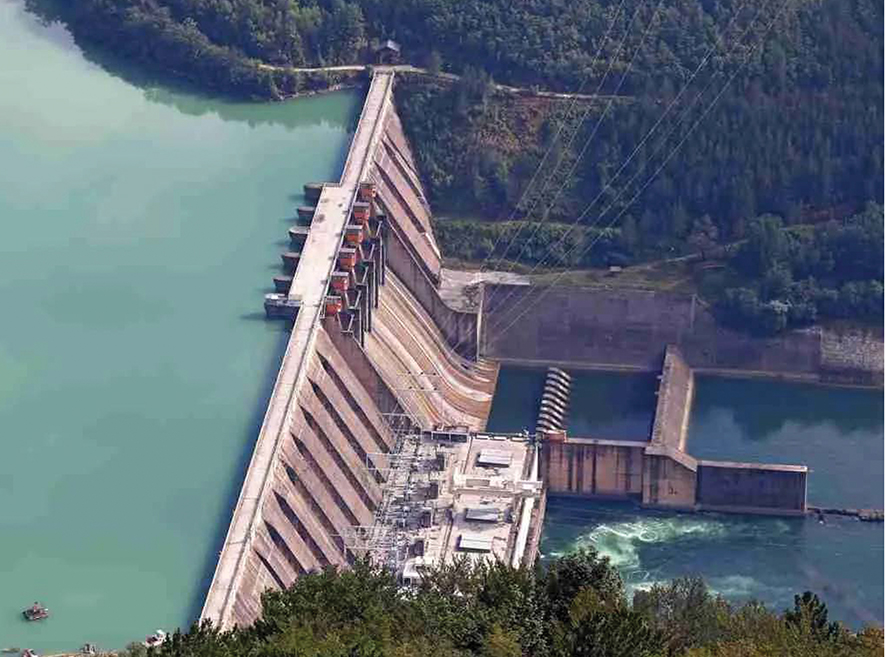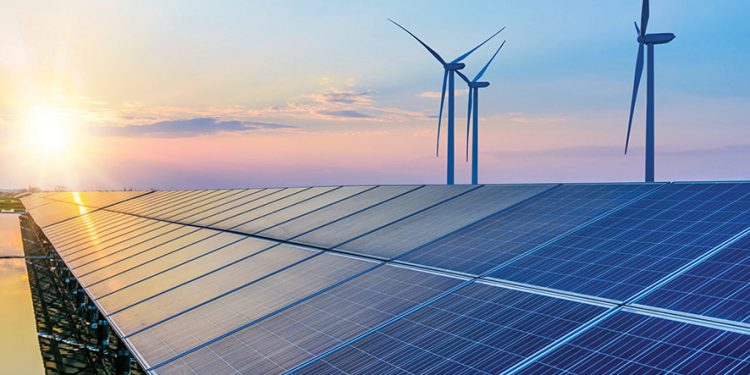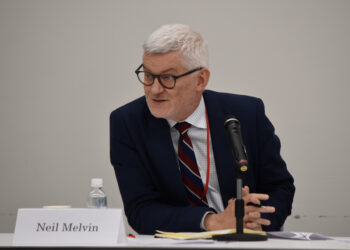By Ari Neumann for investor.ge
The recently announced government Contracts for Difference (CFD) mechanism is coming at a time when new energy investment is desperately needed. Georgia’s power consumption matrix has been looking less and less green since 2016, when renewables accounted for more than 80% of consumption, falling to a three-year average of 70% over 2020-2022, data from the country’s electricity market operator ESCO shows. The shortfall in green power is largely due to uncertainty concerning the state’s stance on power purchasing agreements (PPAs), another investment support mechanism offered to investors until 2016-2017, at which point a de facto moratorium on PPAs was put in place over fears the national budget had accumulated too many liabilities on its balance sheet. CfDs are also being offered in Georgia at a time when the EU is proposing their wider use, with the European Parliament mulling over the idea of mandating that all public support for new renewables be provided in the form of CfDs.
Exactly how the new mechanism will affect the market and what new trends might emerge in the sector will become more apparent in late May or June, when the results of the first CfD auction are revealed. Until then, the private sector has lauded the move to offer CfDs, but asks whether there is room to further refine the mechanism.
What are CfDs and what problem do they solve?
The new mechanism differs substantially from PPAs. The latter fixed a price for a set volume of power over time (Investor.ge covered the issue with PPAs extensively in this article: bitly.ws/BFTI). CfDs do not contract for volumes, but instead fix a strike price: if the market price of power falls below the strike price, the state guarantees to bridge the gap between the market and strike price. Conversely, the developer agrees to pay back any income generated by market prices above the strike price.
The strike price is determined by a developer’s winning (i.e. lowest) bid at auction. The first of such auctions was announced in mid-February for 300 MW (150 MW of hydro, 70 MW of wind, 70 MW of solar, and 10 MW of geothermal and other sources). An auction for another 400 MW is expected to be announced later this year.
CfDs address concerns that PPAs saddle budgets with liabilities that could come knocking during a strong economic downturn. Covid-19 threatened to be just one of these events. Head of the Fiscal Risk Management Department at the Ministry of Finance Shota Gunia told Investor.ge: “the pandemic showed us just how vulnerable PPAs can make the budget. Had it not been for strong residential consumption and recovery, the budget could have faced serious obligations to make up for the unconsumed, excess power. This was a lesson for us, and why we decided to pursue a more market-based mechanism.”
Disagreement in the details
Interest in participation in the CfD auctions has been high, says Georgian Renewable Energy Development Association Director Giorgi Abramishvili, “but we have several reservations about the details of the mechanism in its current state.” Above all, Abramishvili is concerned that price alone will serve as the deciding factor in awarding development contracts, especially when it comes to the participation of developers that do not have a proven track record in the industry.
“Many of our concerns were taken into consideration in the latest version of the auction decree. But what remains an issue for us is that low price alone will determine who gets to build what. We, as a country, want projects implemented along high technical, safety, environmental and social standards. Inexperienced developers that do not understand the ‘price’ of these standards can thus underbid. This could leave us with projects of a lower quality, or projects that will be on indefinite hiatus,” Abramishvili says, worrying “this could place a serious drain on natural resources and clog up the development pipeline. Without a proper monitoring system in place, this is a significant risk.”
The trade-off between price and capacity is not easy to judge
In response to these concerns, officials from the Ministries of Economy and Finance told Investor.ge that the price-only approach of awarding contracts was selected because the majority of expected auction participants are not ‘new’ to the market. “Presumably,” the MoF’s Gunia says, “many of the companies bidding for contracts will have been around in Georgia for a while now. They know what is expected of them. They will have had much communication and interaction with all kinds of government bodies. So, there’s a good feel out there for what bids are real and which are not.”
Resource allocation and use presents a second issue: if two competing projects propose the use of a single river resource, but offer varying tariff rates and generation capacity, projects with larger utility (i.e., with higher generation capacity) may be overshadowed (underbid) by smaller projects. Awarding smaller projects bids based on their lower cost could cause important hydro resources to be squandered.

Business Association of Georgia Director Levan Vepkhvadze comments: “The auction commission should keep this issue in mind while examining differing bids in single locations. The trade-off between price and capacity is, unfortunately, not easy to judge. What are reasonable criteria in an instance like this? How much bigger should a competing project be before it is considered more ‘useful,’ despite its higher tariff? It’s difficult to say. That’s why this first auction round is important – it is a chance for all stakeholders to explore various scenarios.”
Developers point at another provision in the mechanism as problematic: projects with a negative difference between the generation capacity estimated by the pre-feasibility study and the feasibility study will face a penalty in the form of a decreased contract price.
This is an especially contentious point for wind developers. Tornike Bakhturdize, founding principal at Infinite Energy LLC, a company developing a large-scale wind plant in Imereti, says this provision threatens to wipe out project profitability, decreasing strike price by as much as 10%-30% depending on the scale of the difference between the feasibility studies. This is unfair, Tornike says, because “in the pre-feasibility stage, wind developers rely on wind and weather maps to estimate generation capacity for a given location. Meanwhile, the feasibility stage entails the use of on-the-ground equipment, which is a costly process and takes upwards of a year to generate data. The likelihood there will be a difference is not insignificant, and even a 10% penalty reduction in the tariff can threaten the bankability of the project. 30% makes it entirely impossible.”
These issues in mind, it is still early to make conclusions about the fitness of the new mechanism without the results of the ongoing auction. The spread of bids, the array of auction winners, and observed bidding behaviors revealed in late May / June will offer a clearer picture of how the CfD mechanism can be improved upon.














